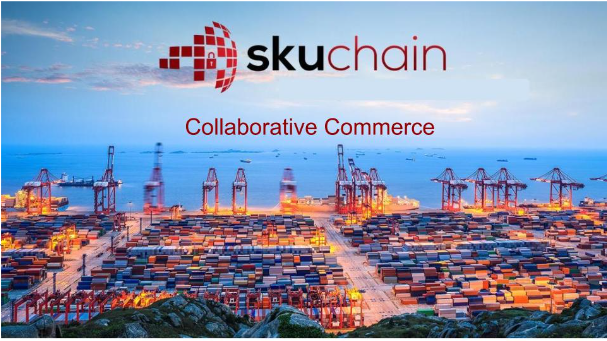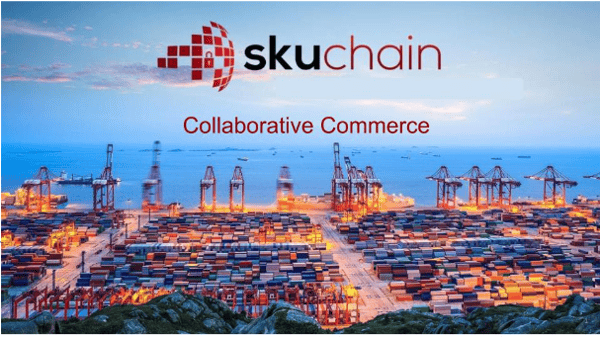
Previously when IBTimes UK spoke to supply chain fintech startup Skuchain, the term "collaborative commerce" was used to describe the future of global trade. It was based on a new type of trust: a blockchain-based model of trust.
Skuchain's technology was recently used to execute a "collaborative workflow" on a private distributed ledger involving a shipment of cotton between a seller (Brighann Cotton in the US), buyer (Brighann Cotton Marketing Australia) and their respective banks (Wells Fargo and Commonwealth Bank).
This announcement became part of a rush to prove the validity of blockchain in trade finance, with banking consortium concepts and bilateral experiments looking to digitise and share the bill of lading, letters of credit etc.
But if you take a step back, there's a bigger picture here to consider, says Srinivasan Sriram, founder and CEO, Skuchain. He said: "If you take a typical supply chain, today almost everybody views this supply chain as independent transactions - the shipment of cotton, the manufacturer who purchases the raw material cotton, and the value adder who has a deal with the end buyer. Except that they all belong to the same digital thread. What we can do with Skuchain's technology is link that thread and there is a significant amount of value to all parties when that happens."
Sriram's point is that usually, in a loosely integrated supply chain where there are four or five related entities, somebody has a very high cost of capital and somebody has a very low cost of capital. The person who has the low cost of capital is typically the end buyer.
An information asymmetry and the fact that each transaction is seen atomically, prevents participants from leveraging their low cost of capital, which could in turn help the supply chain lower the cost of goods. Tracking and visibility reveals the driving motor for each atomic transaction typically requires some type of a payment or a payment guarantee.
"Imagine if that same cotton bail was tracked as it travelled through the supply chain until it became that finished good which was then sitting on a hanger that a consumer went and picked up. You can begin to recognise how the flow of goods dovetails with the flow of money. Together they form the flow of information that all parties in the supply chain can leverage," said Sriram.
"Instead of focusing on the trade, focus on how this trade fits in. Collaborative commerce is where all parties within a supply chain are working collaboratively with each other, supporting each other in their strengths and weaknesses; where a party with a low cost of capital can use that low cost of capital to work collaboratively and satisfy consumer demand.
"All this is happening in a trusted and secure environment. It's not that you are paying more for it; in fact you are paying less for it because your cost of goods goes down, your visibility goes up and your demand forecasting gets better."
Sriram, who is a qualified ship's captain, understands that the cost of working capital financing is a sufficient carrot in the supply chain model. It depends on the nature of your balance sheet and can be expensive, ranging from an annualised percentage of at least 15% to maybe 18% to 20% - and this is in the US. When it comes to large buyers the cost of capital can be almost zero percent.
"Small to medium sized business particularly today is hurting because cash flow is oxygen and they don't have access to low cost working capital. Then they are effectively selling to end customers who have got significant amounts of dollars sitting in the bank not generating returns for them, which they could tap to help lubricate their own supply chains."
This article is the first in a series that begins to outline how the blockchain allows for the true realisation of collaborative commerce. Using the cotton trade we can see how loosely integrated supply chains can gain visibility, lowered risk, COGS and the strengthening of weak balance sheets.
Going forward we will explore how Skuchain's Collaborative Commerce vision works in tightly integrated supply chains that many large enterprises with multiple divisions all using disparate ERP platforms have. We will follow that with how the flow of goods is tracked as it travels through the supply chain from raw material to finished goods and through the distribution channel. This will be followed by a look at the various payment guarantees that each buy/sell transaction has and the participation of banks either through a Letter of Credit or Open Account and finally how fiduciary code on the blockchain helps with the transfer of PO's, invoices and assets.
 RELAYTO/ for Media Page 22 Page 24
RELAYTO/ for Media Page 22 Page 24